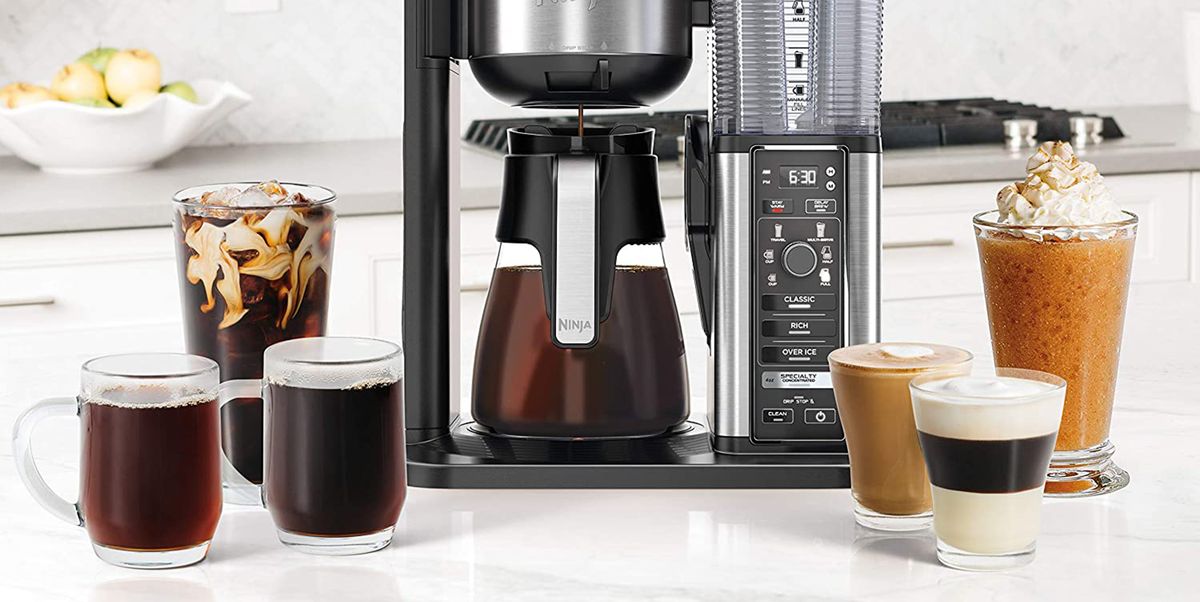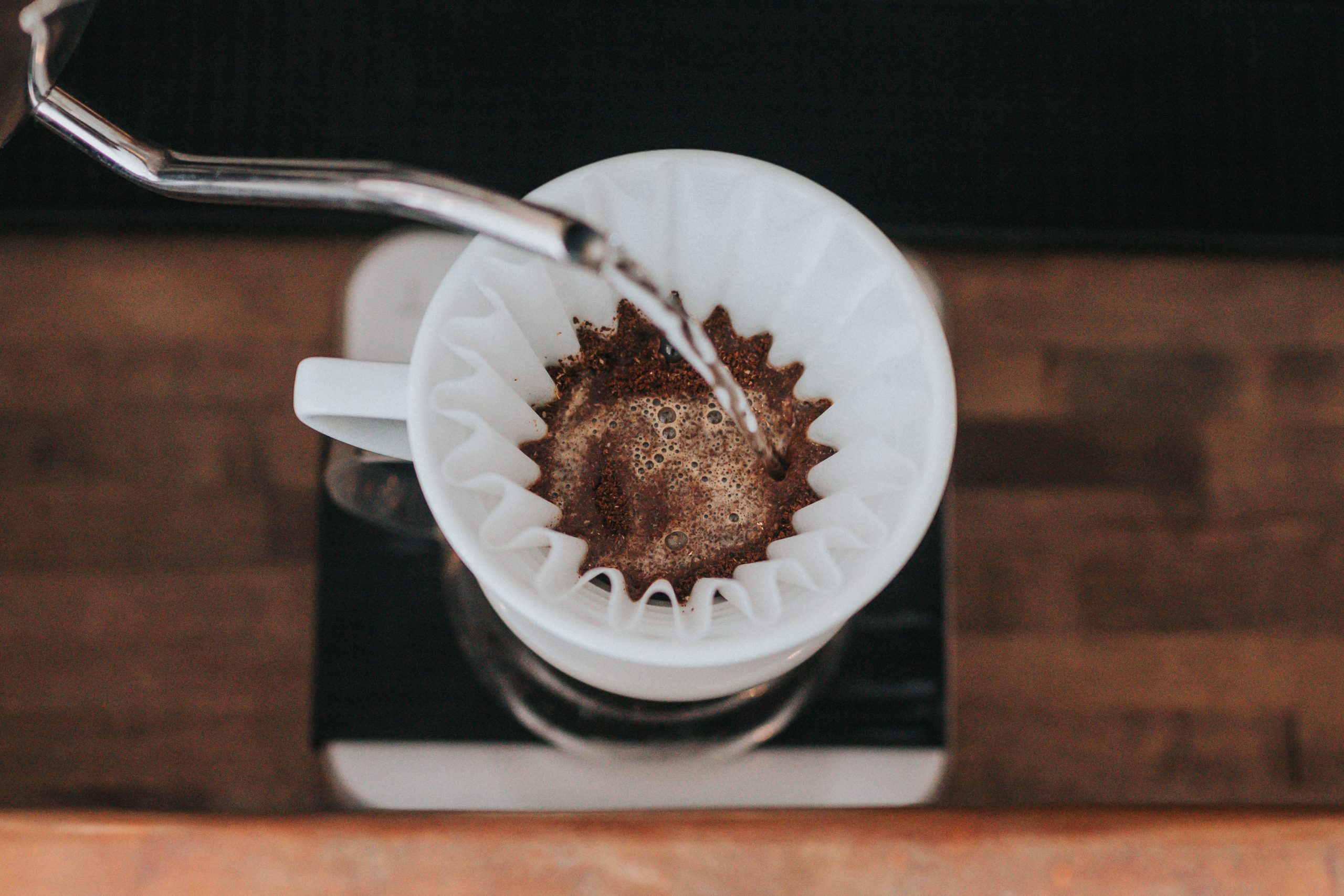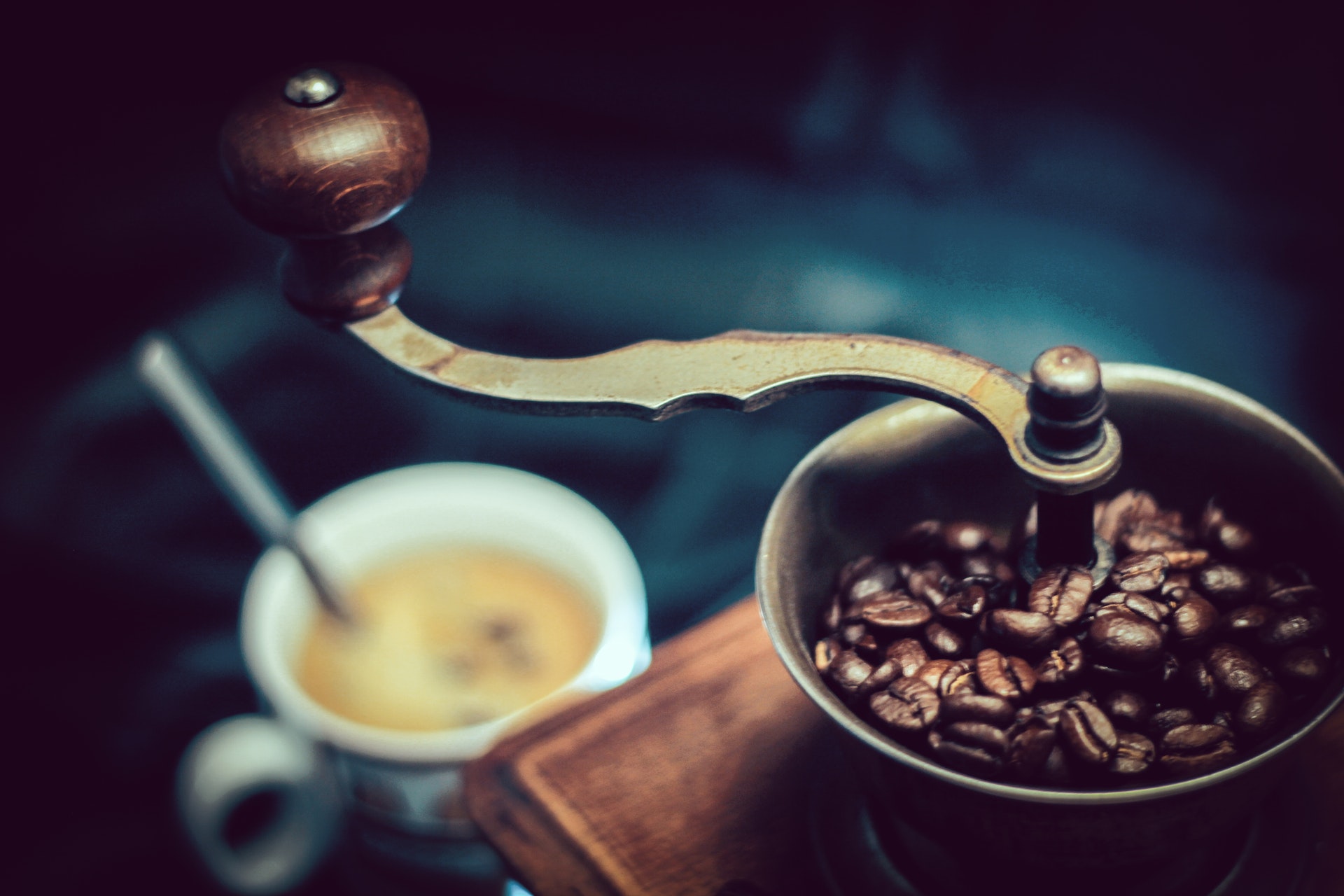If you love coffee, then you probably love black coffee. Most of us would love to pair their black coffee with sweeteners or creamers. It’s the most common way of adding a touch of flavor to black coffee. What most of us don’t know is that you can add in a little more flavor and spice to your coffee. How exactly do you do that? In simple terms, we flavor the coffee beans.
You probably noticed that your love for coffee goes far beyond the simple act of indulging in a cup of coffee on a daily basis. The more you dive deep into the coffee methodology, the more you start realizing there is more to it than simple, plain black coffee.

While many of us tend to adjust to coffee’s natural flavor by adding sugar, milk or sweeter, there is a whole universe out there that can help increase its taste tenfold.
In this article, we’ll be talking about how to add flavor into your coffee beans to spice things up. Processes that are used to add flavor to coffee have been around for ages and we’ll go through the basics of these processes to ensure you can do it yourself.
Raw Materials
There are 2 main materials or ingredients in flavoring coffee beans. These are coffee bean itself and the source of flavor such as flavoring oil.
Coffee Beans
First and most importantly, always opt for high-quality coffee beans. Whatever your idea may be regarding the end result, you’ll want to ensure you start from the right grounds and that must always consider quality ingredients. There is little sense in trying to make a great-tasting beverage if you’re falling short of your main objective,
Adding flavor to coffee beans is not a complex method of broadening your coffee-tasting experience. Your preferred raw coffee beans can be processed either by letting them dry on the plant or under the sun after you pick them up.
Follow the instructions on how to roast your preferred type of bean accordingly. Beans should always be cooled down before adding flavor in order to conserve the oil’s main properties. If you skip this step, you’re most likely ruining the oil and destroying the process altogether.
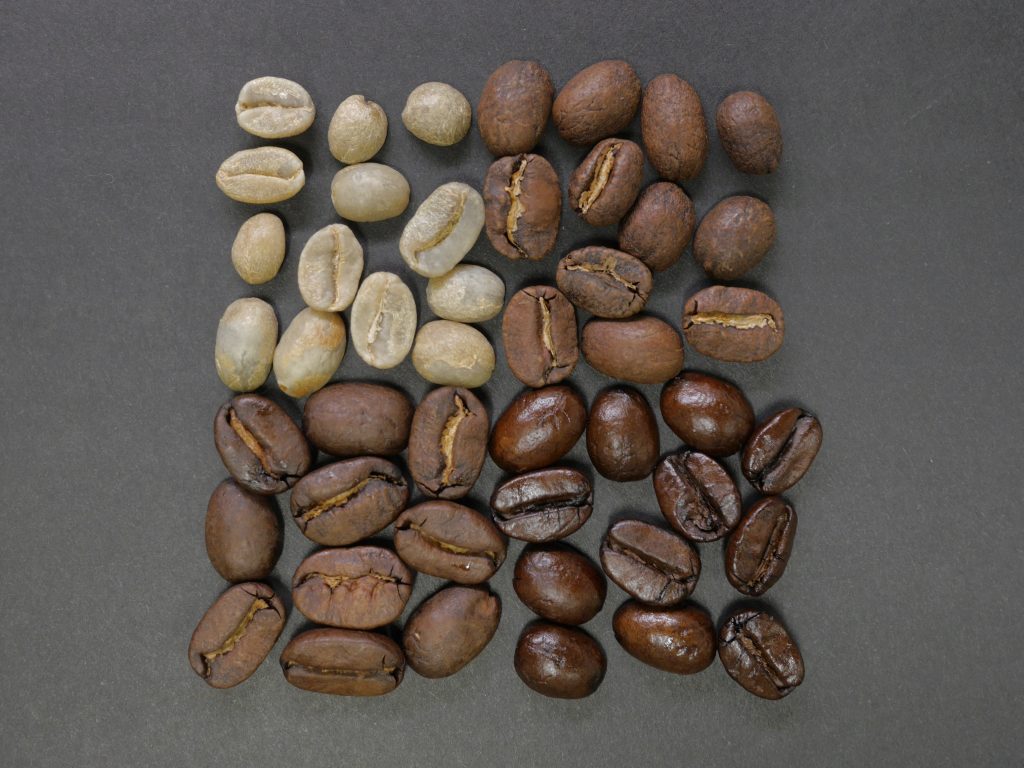
Flavor
Ensure that you always opt for high-quality oil. Some opt for spices, syrup or other products, but natural oil is always a great starting point due to its natural qualities.
Adding natural oils to your coffee beans won’t ruin its natural aroma. There are a lot of options to choose from when adding touches of coconut, hazelnut, wood or even chocolate flavor to your coffee beans. The sky – and your imagination – is the limit.
Try not to exceed a 3% ratio of oil or syrup per bean quantity in order to maintain a balanced end result. Exceeding this percentage will most likely mask the coffee flavor and original aroma. This will result to uneven coffee mixture that you won’t enjoy at all.
Manufacturing Flavor Coffee Beans
The entire process of making flavored coffee beans can be divided into 5 steps. These steps will be discussed in the following sections.
Preparing the Beans
Raw coffee beans can be processed by dry method or wet method. The dry method is done by drying the plant or dehydrating it by the sun after harvest. Once it’s dried, the beans are then separated from the rest of the plant debris by means of milling.
On the other hand, the wet method is done by steeping and fermenting the beans for up to 24 hours. Water spray is then used to remove the pulp. The beans are then dried under the sun or by tumble dryers. Lastly, a hulling machine removes the protective layer around the beans.
Roasting the Beans
Roasting allows the beans’ natural flavor to come out. Raw coffee beans are roasted in an oven at a temperature of around 175 C for 1 to up to 17 minutes.
The color of the coffee bean determines the depth of flavor. A darker roast gives a heavier flavor, while a lighter roast gives a lighter flavor.
Once the beans have finished roasting, they must be cooled immediately adding some flavor. Flavoring the beans right after roasting can destroy some of the flavor compounds in them.
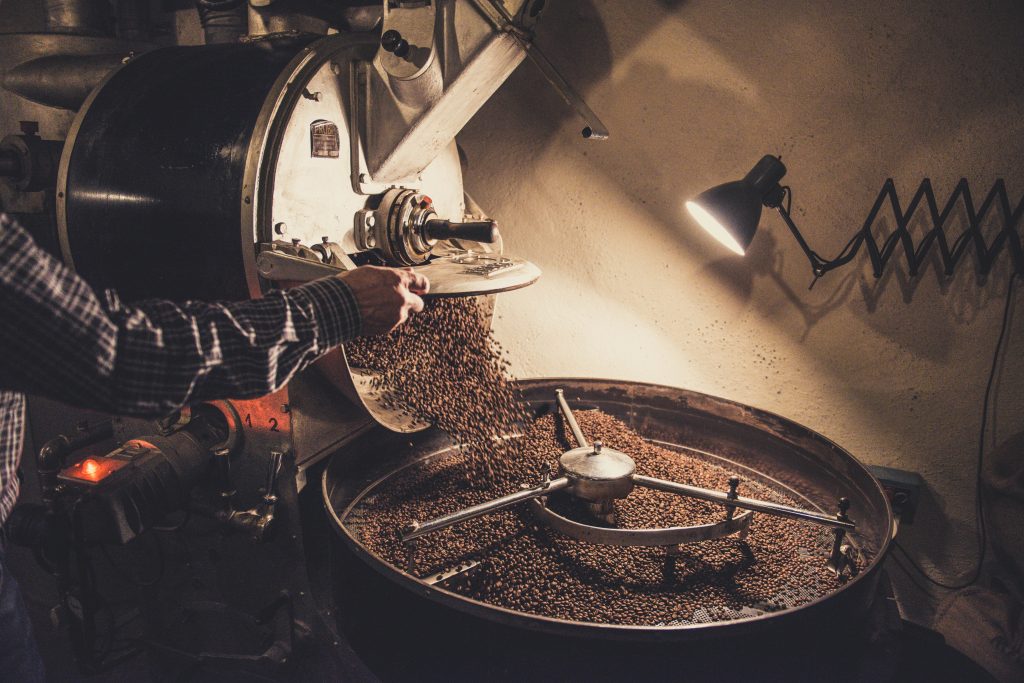
Determining the Flavor
The amount of flavor oils to be used should be determined before adding it to the roasted beans. The rate is usually between 2% to 3%. In most cases, a usage rate of 3% means that 3 pounds of flavor oils can be added to approximately 100 pounds of roasted beans.
In order to get the right amount of flavoring to be used, you should look into the type of flavor, its intensity, and the type of coffee beans used.
The combination of flavor and the amount of flavor is determined usually by experimental trial and error. Several test batches or trials are done until the desired characteristics are achieved.

Adding the Flavor
Before roasted coffee beans are grounded, the flavors are added to it. The beans are usually placed in a mixer. The mixer is designed to gently tumble the beans without incurring any damage.
Oils must be gradually added to the beans to ensure that the flavor is spread evenly. The entire process of adding flavor may take 15 to 30 minutes, depending on how much beans you’re dealing with and the mixing characteristics of the oil. Coffee beans that are properly coated take a gloss finish. This indicates the oils were uniformly distributed to the beans.
Packing the Beans
The final step is packing the coffee beans. The finished product is packed in cans or bags as soon as possible and sealed to prevent any unwanted contact with the atmosphere. Before packing the beans, the container is flushed with nitrogen so that oxygen is removed from the container. Oxygen may react with the components of the flavors that were added to the beans which may cause deterioration.
Coffee beans should be stored properly, preferably in a cool, dark place if they’re intended to be used in the next 3 to 4 weeks. Otherwise, the beans may be frozen.


We provide tutorials and reviews on everything caffeinated.
Final Verdict
It’s fun and exciting to experiment with different flavors to be mixed with coffee beans. You get to do some trial and error to see which combination best fits your taste. There are so many possible flavor combinations to choose from and ingredients to use. Some people have successfully added liquor and whiskey to produce unique blends and aromatic coffee that has a soul of its own.
Whether you rely on spices, natural oils or syrups for the extra taste, your own imagination is indeed the limit. Experimenting with these variables is as much fun as it is to then taste the end product. What works with one coffee blend and roast may not work with another, so you’re always up for a whole new world once you start considering adding flavor to your coffee.
What’s your favorite flavor? Have you considered adding flavor to your coffee beans? How was it? Let us know in the comments section below!
Related Articles
brewcaffeine

We provide tutorials and reviews on everything caffeinated.

